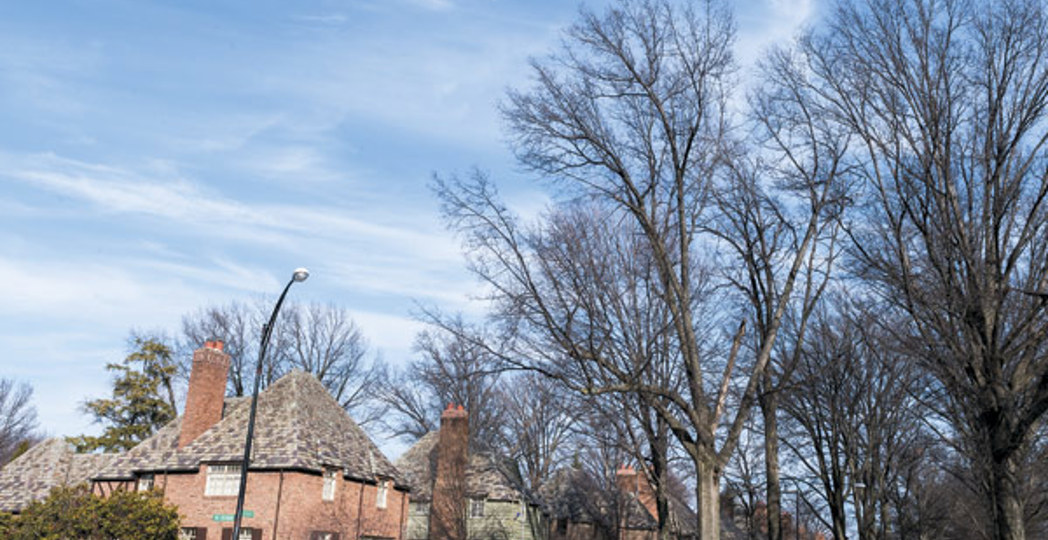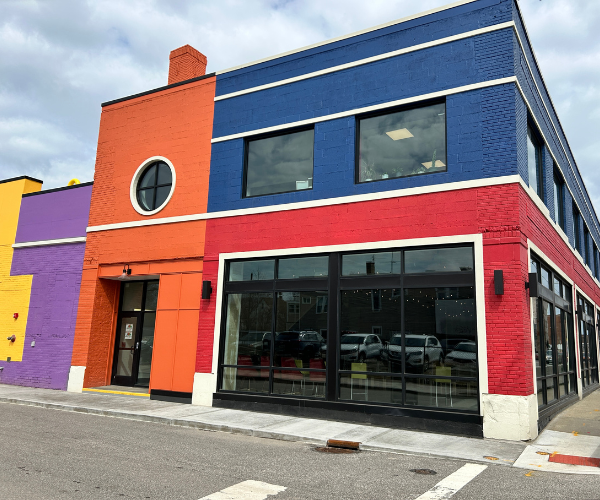There Goes the Neighborhood
Originally conceived by John D. Rockefeller Jr., Forest Hill was designed as a vision of suburban unity. But vacant homes and nasty squabbles about how to save the historic community may be tearing it apart.
by Sheehan Hannan | Apr. 1, 2017 | 4:05 AM

Jason Miller
Trending
-
1
-
2
-
3
-
4
-
5










